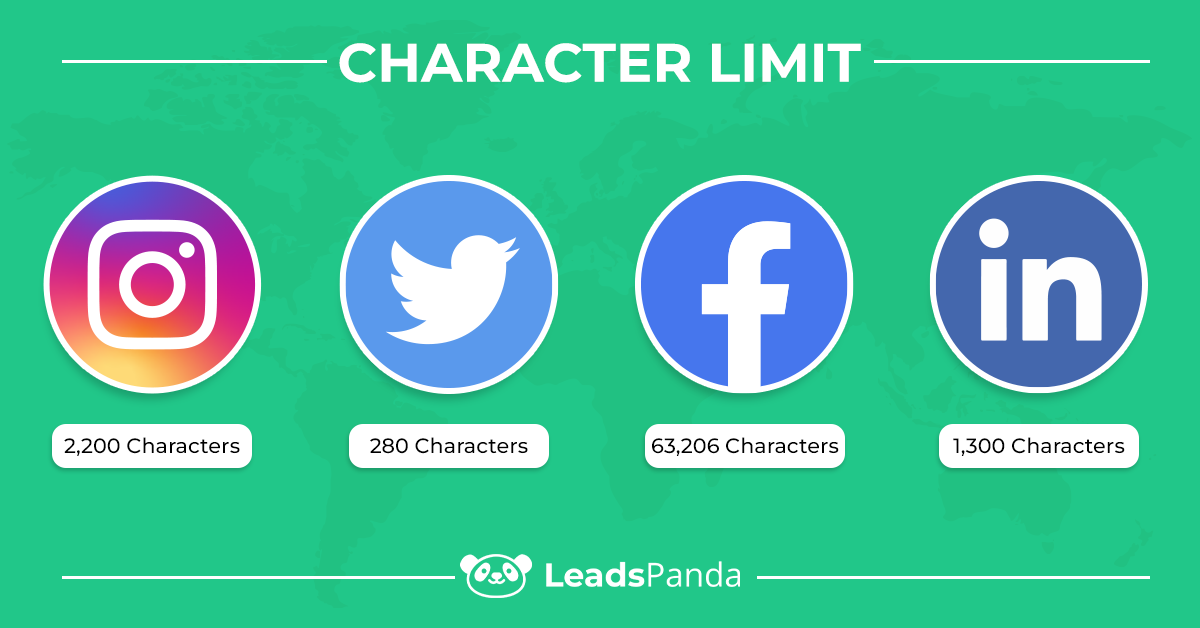What You Should Know About Social Media Copywriting
Have you ever noticed that some commercials compel you to drop what you’re doing and pay attention while others make you want to switch the channel? And why do some social media posts prompt you to stop scrolling and click to find out more—while others you simply ignore?
This is because writing compelling content for the right audience—copywriting, in particular—is a specific skill, and some people are simply more talented than others.
Most of us can create a sentence, and then a paragraph. We understand the basic grammar rules and how to communicate an idea—but copywriting is more than that. The best copywriters have some inherent talent, but they also need training. Skill requires practice and application, an instinct for what works and what doesn’t, and industry knowledge. This also means that no, contrary to popular belief, not everyone can do it. But with patience and willingness to learn, the ability can be developed.
It should also be said that online content evolves quickly because the platforms you’re publishing on tend to evolve quickly as well. This adds another layer of difficulty to copywriting. Not only do you have to know what works and what doesn’t and follow best practices to ensure success, but you also need to understand how your platforms work to create effective, compelling copy.
Tough? Sure. Impossible? Of course not. But you have to know the basics.
If social media is an important part of your business, make sure you take the time and dedicate the resources to do it right. That includes giving your writing the attention it needs—whether it’s time, training, or research—to be truly effective.
Here are the most important things you should know about social media copywriting.
1. Be Aware of the Purpose of Different Social Platforms
Different social media platforms exist for different reasons. By this, we mean that people use Facebook for different reasons than they would Instagram. And a person will use Twitter for different purposes than they would Pinterest.
Therefore, writing copy for Pinterest—a visual platform that is often used for inspiration—would be very different than if you were writing copy for LinkedIn, a professional network that’s best for demonstrating industry expertise.
2. Be Aware of Character Limits
Character limit is one of the reasons copywriting for social media is more difficult compared to other online platforms. On blogs and websites, you have more freedom to write lengthier material—more space to make your point. On social media, you have a couple of sentences to capture your audience’s attention and engage them.
This means you have to be very smart about your choice of words as you have limited space to achieve your writing goals.
Twitter has a 280-character count limit. Instagram lets you post longer text, but you have to consider that it’s a largely visual platform, so text is complementary to an equally compelling visual. Facebook supports the longest limit, but its popularity is waning, so effort should be measured against results.
These are all important things to consider.

3. Establish a Distinct Tone and Voice
Regardless of what platform you choose, you need to know how to communicate your voice and tone on each so your message stands out and gets recognized as being uniquely yours.
This involves a lot of consideration, starting with knowing your audience. Where are your primary followers located? What do they do? What are their key demographics? This will essentially help dictate whether your tone will be formal or casual, more professional or personal and chatty, or something in between.
Next, identify the core purpose of your social media efforts. Do you want to entertain? To inform? To teach? Tailor your tone and determine whether you need to be cheerful, humorous, or serious.
While considering all this, remember to reflect your own brand personality. You can’t post something cheerful and casual when your brand identity is straightforward and all business.
4. Remember—You Only Have Seconds to Capture Their Attention
Time and again we are constantly reminded of how short attention spans are online.

We interact with online content in vastly different ways than we would an ad in the paper or an article in a magazine. There, we may take time to read it and take it all in, or even come back to it later.
On social media, not only are you competing against other online distractions, the whole platform is designed to keep audiences scrolling through their feeds. They won’t stop for anything that doesn’t catch their attention.
So while it’s easy to type a few sentences on the fly and publish them, taking the time to write copy with thought and strategy can make a huge difference. If you can catch readers’ attention in the first few seconds and prompt them to stop scrolling long enough to read more, then you know you’ve done your job.
One Last Thing…
Your social media channels—as effective as they are for promoting your brand, products, and services—are also the best space where you can connect and engage with your audience. Here you can build a strong relationship and eventually earn loyalty. Don’t just bombard your followers with sales pitches and promotions. Be more natural and engage with them. Find content that’s relatable and relevant to build a better following.
If you want to learn more, reach out to us. Book a consultation or get started with LeadsPanda to find out how we can help you.
For any questions, leave a comment below or check out our LinkedIn or Twitter.
Share This Story
One Comment
Leave A Comment
Get the latest growth ideas, strategies, and best practices delivered to your inbox.
Quick read that helps 7000+ subscribers.










[…] Here are several perks of leveraging AI for social media marketing: […]